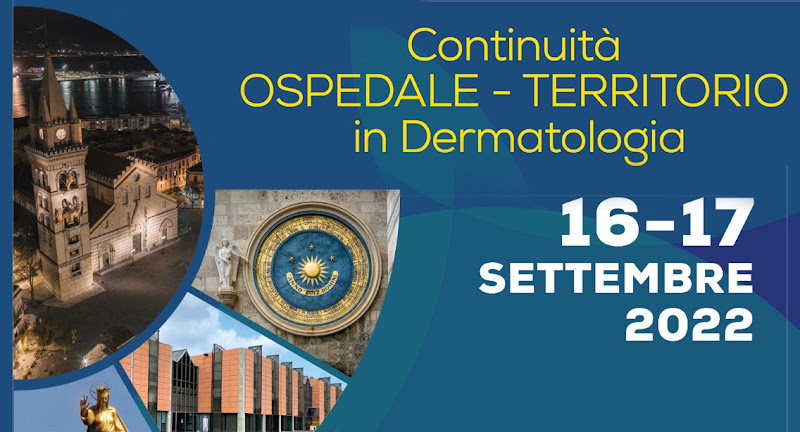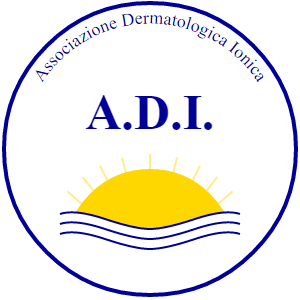Katsambas A. D. - Melasma: etiopatogenesi e trattamento
Melasma: Pathogenesis and Treatment
Professor Andreas D Katsambas
University of Athens, Greece
Melasma is a cosmetic problem that sometimes causes great emotional suffering. The two most important causative factors are sunlight and genetic predisposition. Moreover, natural and synthetic estrogens, the use of certain drugs and the use of cosmetics with certain components have been implicated as etiologic factors.
There are quite a variety of treatments that have been developed for the management of melasma. Prescriptive options will, however, be dedicated by the nature of the patient's skin, so cases may vary in their treatment and results.
Generalizations that can be made about melasma include the fact that sunlight and oral contraceptives exacerbate this condition; daily use of a broad-spectrum sunscreen is needed for an indefinite period of time and female patients should discontinue oral contraception. Additionally, pregnant women should be counselled that melasma often fades without any treatment after birth.
In the arena of prescribing compounds, Hydroquinone (HQ) remains the most effective topical hypopigmenting agent. HQ must be administered carefully, as the results from the various formulations range widely. For example, 2% HQ can be ineffective and is recommended for maintenance therapy, 3% to 4% HQ can achieve good depigmentation and 5% to 10% is even more effective but can also be irritating. Prolonged treatment with >3% preparation may rarely cause ochronosis in black skin individuals. A very effective combination is the use of HQ 2% to 5% with tretinoin 0.05%, with or without corticosteroids.
Treatment options outside the topical hypopigmenting formulations remain limited. While chemical peeling, alone or in combination with other depigmenting agents, can be effective in selected cases, laser therapy cannot be recommended for treatment of melasma at present.














Articoli e Commenti